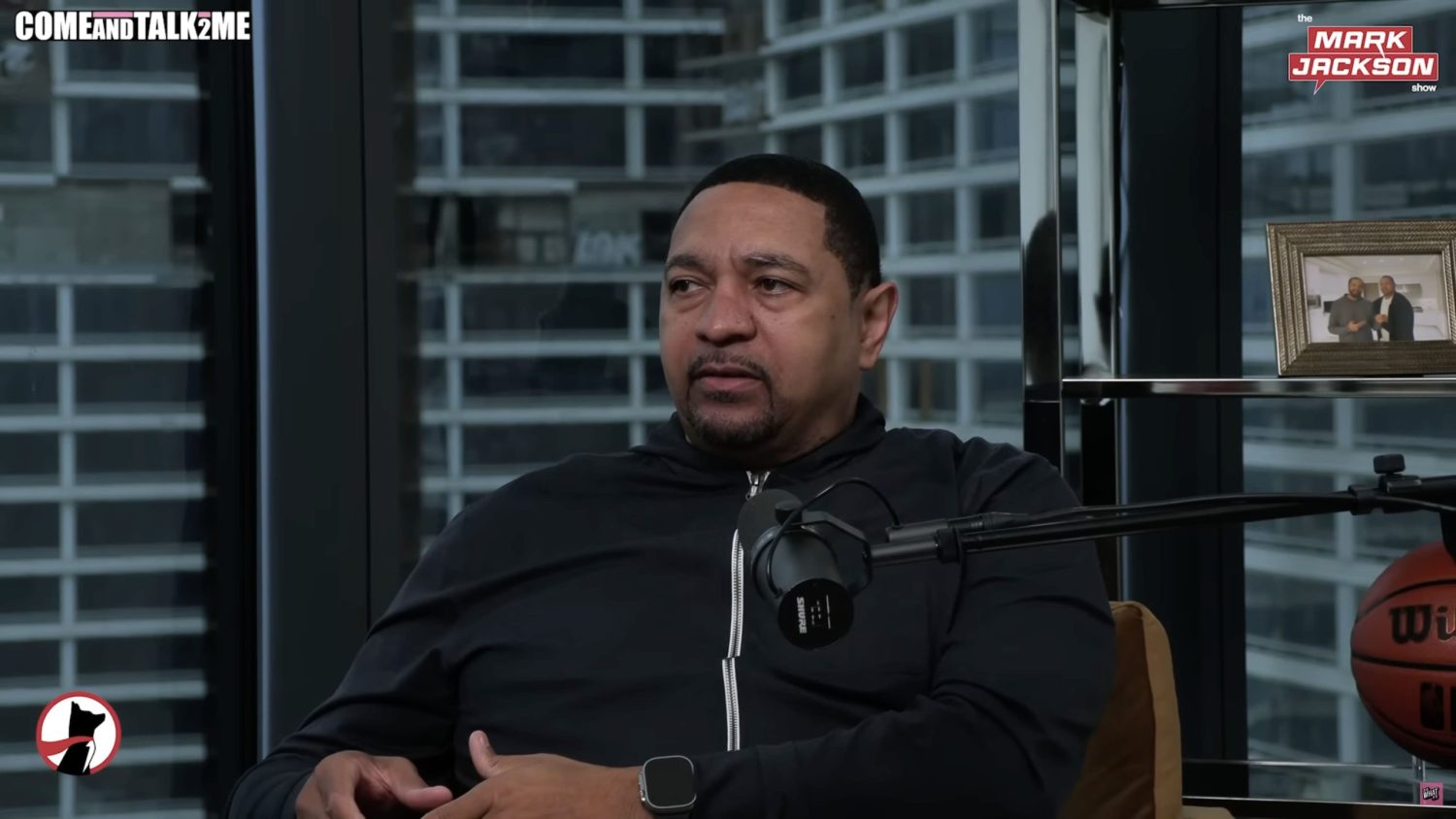For much of the last decade, there’s been a lot of talk that Netflix would get into showing live sports, and a lot of comments from Netflix executives that they don’t plan to. Throughout 2017 and 2018, CEO Reed Hastings reiterated that the company wasn’t chasing live rights, and later in 2018, VP of business development Maria Ferreras emphasized that that still wasn’t coming, with their sports strategy still focusing on documentaries and partnerships. And that’s largely continued to be the case since.
But the last 18 months have seen a significant reiteration of the idea that Netflix will get into live sports. There are a few factors behind that. One is that numerous tech companies, particularly Amazon and Apple, are diving into live sports on a scale they haven’t before. Another is that Netflix now has ad-supported plans, and live sports are something many advertisers like advertising on. Another is that Netflix has been facing some earnings struggles, perhaps prompting them to contemplate more dramatic course changes. And the Formula 1 rights that came up this summer seemed like a logical opportunity for Netflix given the success of their Drive To Survive documentary series, and Hastings even said last September the company might consider a bid there.
However, while Netflix was in early conversations for F1 rights, they weren’t even in the reported final mix there. That final grouping saw Disney/ESPN eventually win out over Comcast/NBC and Amazon (and pay a massive increase to do so, with that rights fee going from around $5 million a year to around $75-90 million a year). Netflix did make a bid, but it “wasn’t close on money.” And Netflix co-CEO Ted Sarandos (seen above at the Screen Actors Guild Awards in 2019) pumped the brakes on sports a bit in April, saying “I’m not saying that we’ll never do sports, but we’ll have to see a path to growing a big revenue stream and a great profit stream with it.”
None of that has stopped many from saying live sports on Netflix is coming. That chorus has included a “For Netflix, live sports isn’t a matter of if, but when” Variety article from Andrew Wallenstein last month. It has also included reports from The Wall Street Journal and Deadline last month that Netflix was quietly bidding on some smaller properties, including the World Surf League. Despite all that, though, Sarandos reiterated in a keynote session at the UBS Global Technology, Media & Telecom Conference this week that “dramatically expensive” live sports rights are still not a focus for Netflix. Here are some key parts of that from Dade Hayes’ Deadline writeup:
“We’ve not seen a profit path” from “renting big-league sports,” [Sarandos] shrugged during a keynote session at the UBS Global Technology, Media & Telecom Conference. “We’re not saying there never will be,” he added,” but “dramatically expensive” rights have made sports effectively a “loss leader.”
The company’s leap into ad-supported streaming last month is seen by many observers as a prelude to a serious sports effort, especially given the traction at Amazon and the big outlays by Apple in recent years. Sarandos, echoing comments last week by Co-CEO Reed Hastings, says the return on investment isn’t compelling enough. “We’re not anti-sports,” Sarandos explained. “We’re just pro-profit. We have yet to figure out how to do it. But I’m very confident we can get twice as big as we are without sports.” The streaming leader did “a thing that’s kind of unheard-of in the history of television” when it managed to get 165 million households to watch Squid Game “without having to premiere it after the Super Bowl. We didn’t need a big loss leader to build a mass audience.”
…The success of Netflix’s behind-the-scenes series about Formula 1, Drive to Survive, led to reports that the streamer at least put out feelers when U.S. rights came up for renewal recently and were re-upped by Disney/ESPN. Sarandos said the impact Netflix had on building F1’s audience “should be able to translate” to a more reasonable financial burden for rights, but that inside track has never developed.
Of course, these remarks are more moderate and less critical of the idea of live sports than some of the comments we’ve seen from Hastings and Sarandos in the past. Sarandos is specifically saying they might do sports if they “figure out how to do it.” And it’s notable that most of his remarks are on the issues with “renting big-league sports” and using those rights as a “big loss leader” (the way conventional TV networks sometimes do to promote other properties, and the way even Amazon is in some ways, using Thursday Night Football to bolster other revenue streams). Nothing Sarandos says here completely rules out paying smaller amounts for less-prominent properties, and he doesn’t really refute the reporting from last month on their small and quiet bids, he just notes that sports (and “big-league sports” in particular) is not a Netflix focus right now.
But it’s interesting to see Sarandos again reiterating the “We don’t need sports” lines we’ve often seen from Netflix over the years. And that’s particularly notable considering the timing. The combination of the introduction of the ad-supported model and last month’s reporting and commentary that they were going for at least some sports deals made it seem like Netflix’s stance on pursuing live sports rights had changed. But, at least per what Sarandos is saying publicly, it doesn’t sound like live sports will be much of a priority for them any time soon.
[Deadline; photo from Dan MacMedan/USA Today]







